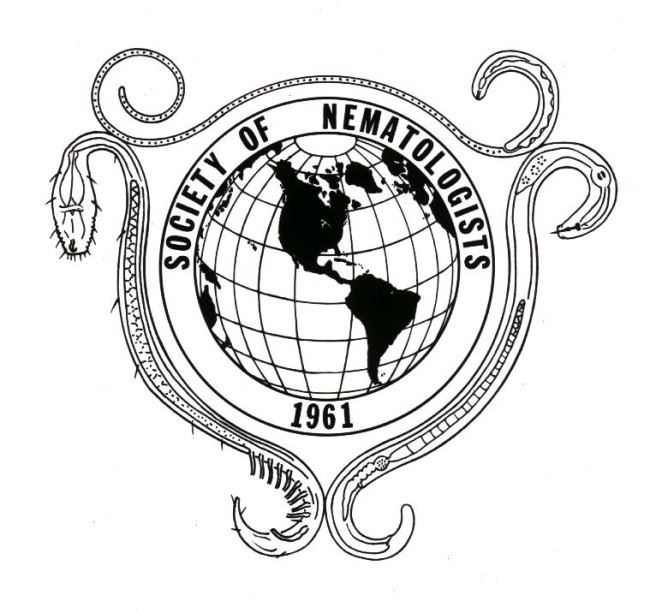information on nematology
If all the matter in the universe except the nematodes were swept away, our world would still be dimly recognizable... we should find its mountains, hills, vales, rivers, lakes, and oceans represented by a film of nematodes… Trees would still stand in ghostly rows representing our streets and highways. The location of the various plants and animals would still be decipherable, and, had we sufficient knowledge, in many cases even their species could be determined by an examination of their erstwhile nematode parasites. Nematodes are the most abundant multicellular animals on the face of the earth. They occur literally everywhere – in soil and decaying matter from the poles to the tropics, in all forms of plant life, in the bodies of almost all animals, including humans, and in insects. Living in such diverse environments as the sand and mud of the ocean bottom, stony mountain soils, and arid polar deserts are thousands to millions of nematodes per square meter. Nematodes are nonsegmented roundworms with complete sensory, digestive, excretory, and reproductive systems. Most, but not all, are microscopic. The variety of nematode forms and habitats is almost unbelievable: they range from the minute inhabitant of your favorite mushroom to the 27-foot-long parasite in the placenta of a sperm whale. Nematodes are essential elements of ecosystems, but most have no direct effect on humans. Those that do, however, can be devastating. In many places, people still suffer from diseases such as elephantiasis, river blindness, and hookworm, caused by nematodes. In most places, the effect on humans is indirect. For example, in the United States, plant-parasitic nematodes cause more than 3 billion dollars’ worth of crop losses each year, and cause similar losses in cattle, sheep, and swine. The study of these little-known but immensely important creatures is the life’s work of nematologists. Nematologists are rarely found in a “Department of Nematology,” but are found throughout various disciplines depending on the nature of the organisms they study. Informative YouTube Videos: Phylum Nematoda, Part 1: Introduction to the Roundworms Introduction to Nematodes - A comprehensive introduction to the field of Nematology by E.C. McGawley, C. Overstreet, M.J. Pontif, and A.M. Skantar can be accessed here. PLANT-PARASITIC NEMATODES Protocol for identifying plant resistance to plant parasitic nematodes: Download File (PDF) YouTube Videos about plant-parasitic nematodes: HUMAN AND ANIMAL PARASITES INSECT PARASITES
DISTRIBUTION, ABUNDANCE, AND DIVERSITY OF NONPATHOGENIC NEMATODES |

